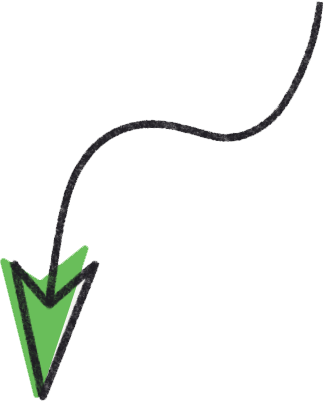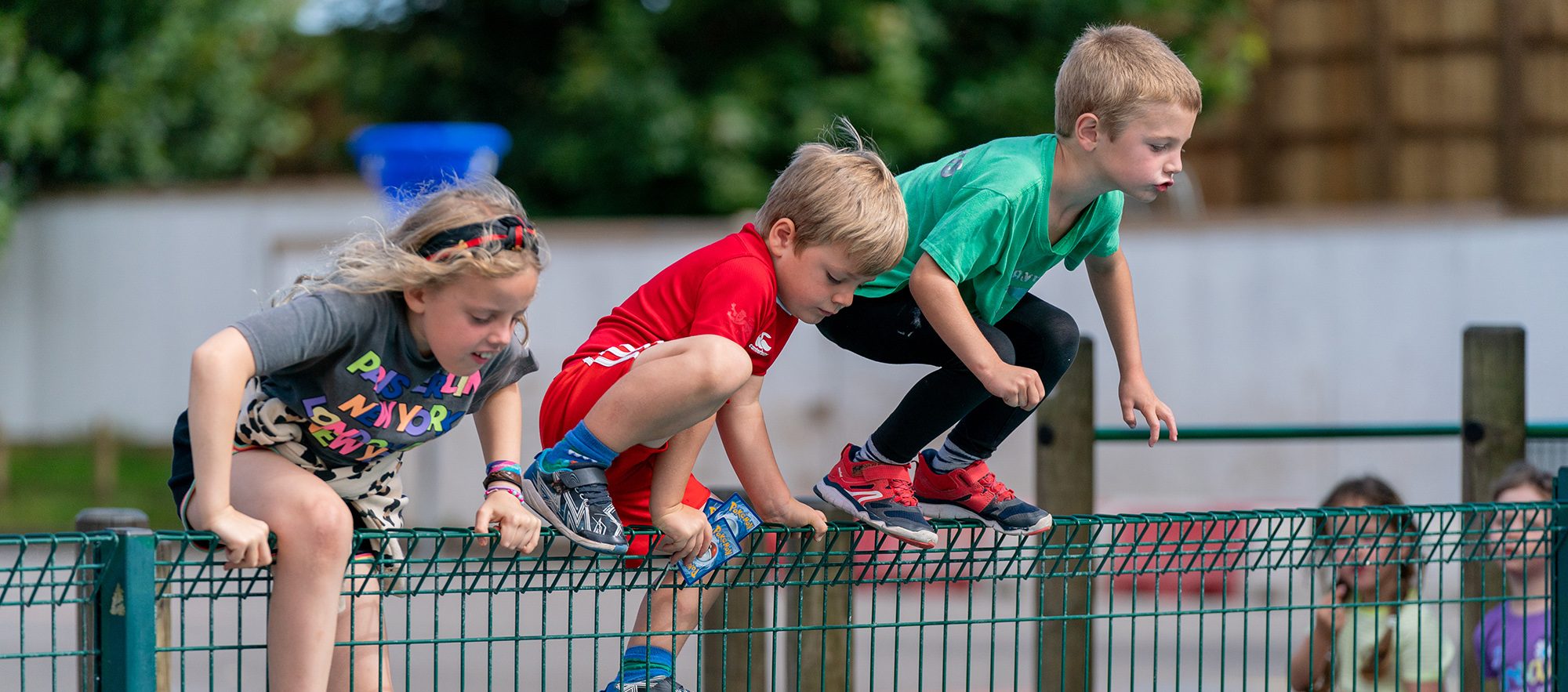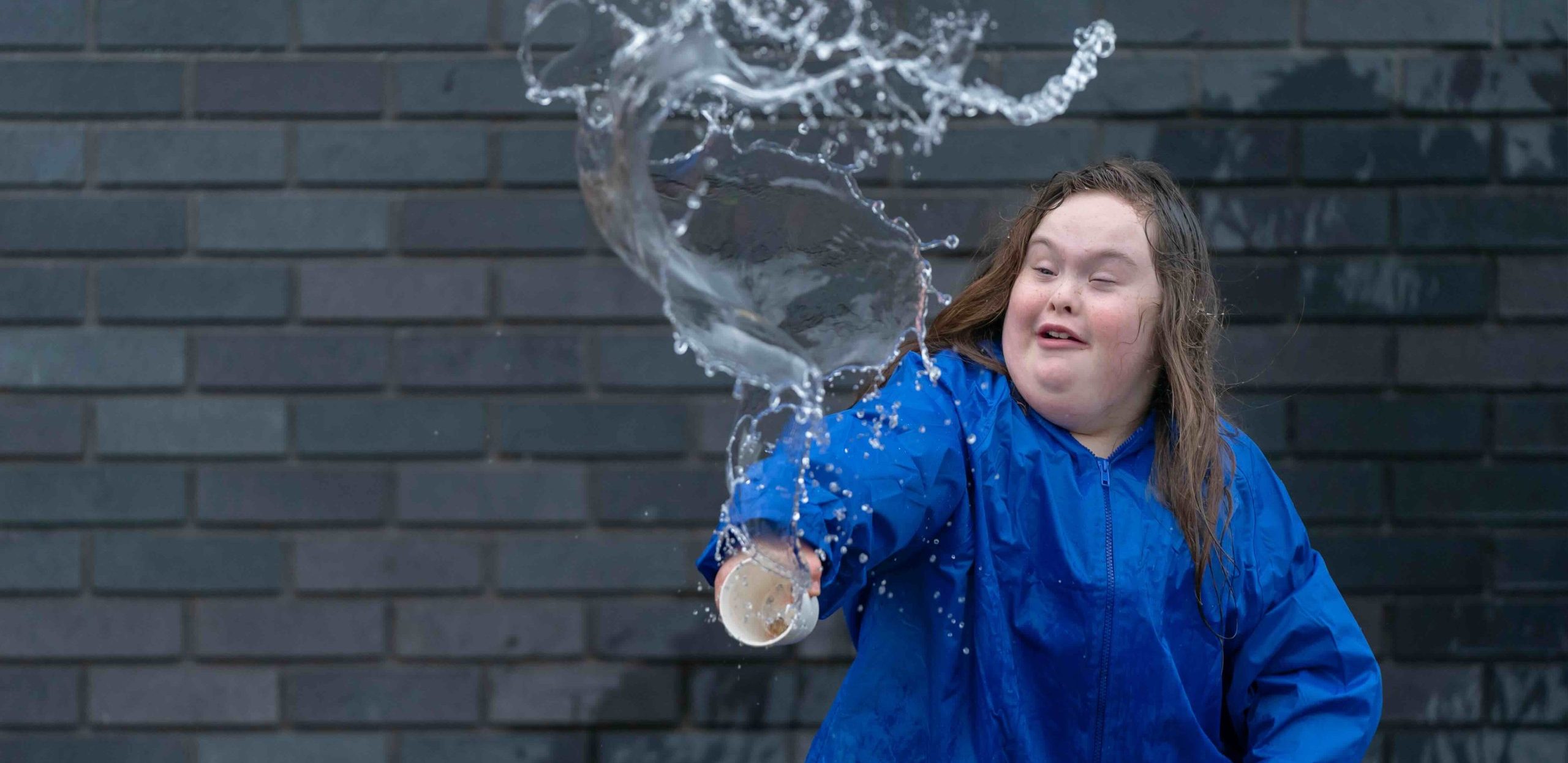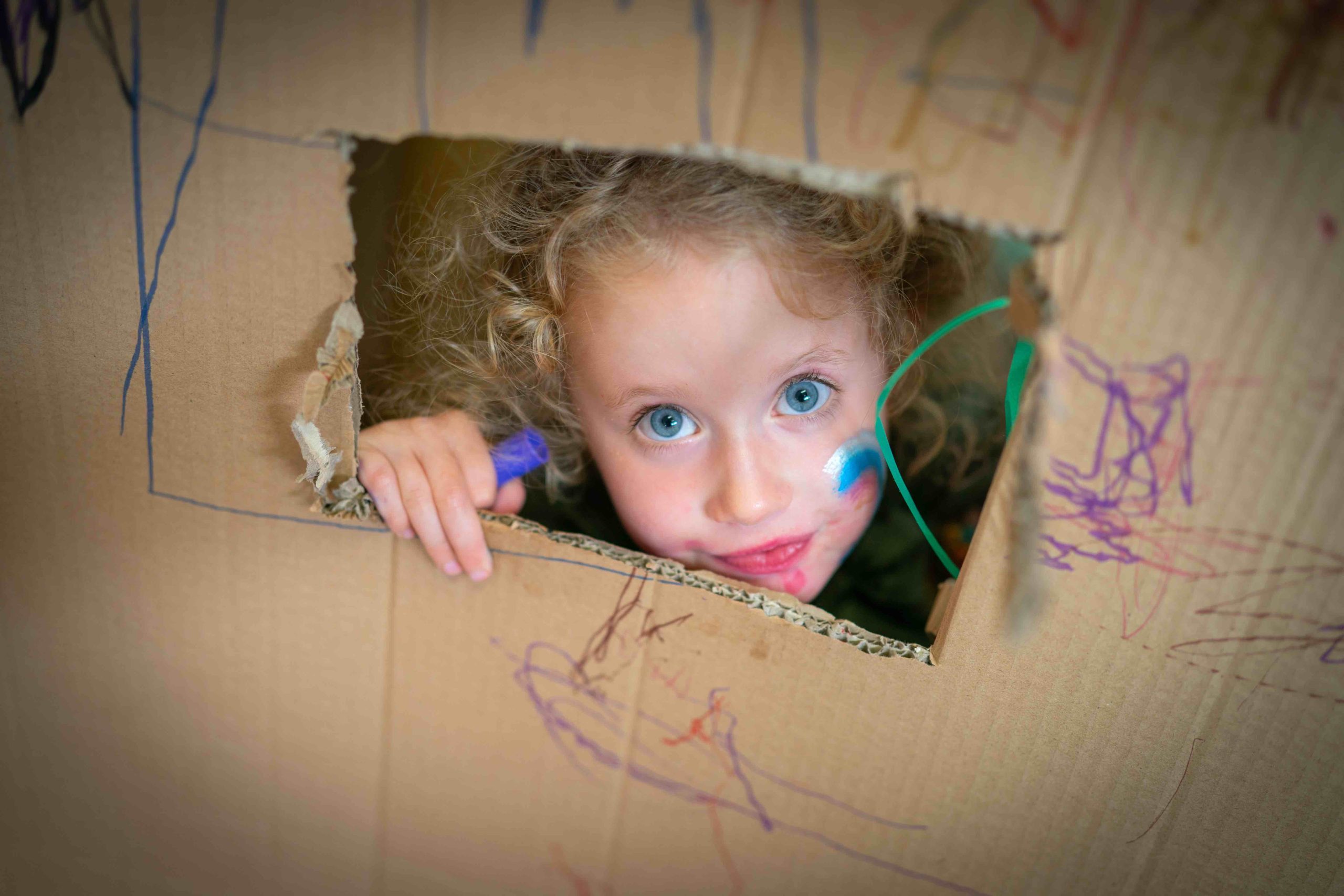Play Ideas
How to deal with play fighting and rough & tumble
Play that involves tumbling, tickling and body contact is often called ‘rough & tumble.’
You will recognise play fighting and rough & tumble by the sounds of laughter, happy squealing and by children’s facial expressions. Real fighting looks and sounds different. Play fighting and rough & tumble don’t include deliberate hurting.
Your child might get involved in rough & tumble and play fighting with other children. Or they might play like this with you or other adults they trust. Rough & tumble includes swinging children by their arms while you walk and playing tag, too.
The benefits of play fighting and rough & tumble
- They are one of the ways we connect with our children.
- They help children learn about their own strength.
- They help children develop an awareness of their own bodies.
- They allow children to develop an understanding of other people’s facial expressions and feelings.
- They are one of the ways children form bonds with each other.
- They help children learn to trust other people.
- They are fun, energetic and exciting.
Things that may concern parents
Play fighting and rough & tumble play can sometimes make us nervous. We might worry about whether it will turn into real fighting, whether someone might get hurt, something might get broken, or what other people might think.
Tips for dealing with your concerns
Play fighting and rough & tumble rarely turns into real fighting. Children learn to back off, call time, or reverse roles – for example the person chasing turns into the person being chased.
It’s possible that someone may get a bump or a scrape. This doesn’t mean there’s a problem – you’ll see that children sometimes laugh at the same time as they yell ‘ouch!’. Minor bumps and scrapes are part of how your child learns and develops as they grow up.
If your child is play fighting or playing rough & tumble games at home, remind them to think about their surroundings. Ask them to think about things that might have caused accidents before – for example, should they move a hard-edged coffee table before wresting?
Make things safer for your child and the house – for example, move anything breakable, and put a duvet on the floor to wrestle on.
Do the same outdoors. Check the area for anything dangerous – like broken glass or things your child might bash their head on.
Other people might not understand that children need this type of play. There are a few strategies you could try if you see a disapproving face:
- Catch their eye, smile and say something like ‘Isn’t it great that children get to play this way? They’re learning so much.’
- Ignore them – your child needs to play.
- Set an example by keeping an eye on your child but not getting involved unless you need to.
- Distract the other adult by chatting with them.
Download a printable version of How to deal with play fighting and rough & tumble













